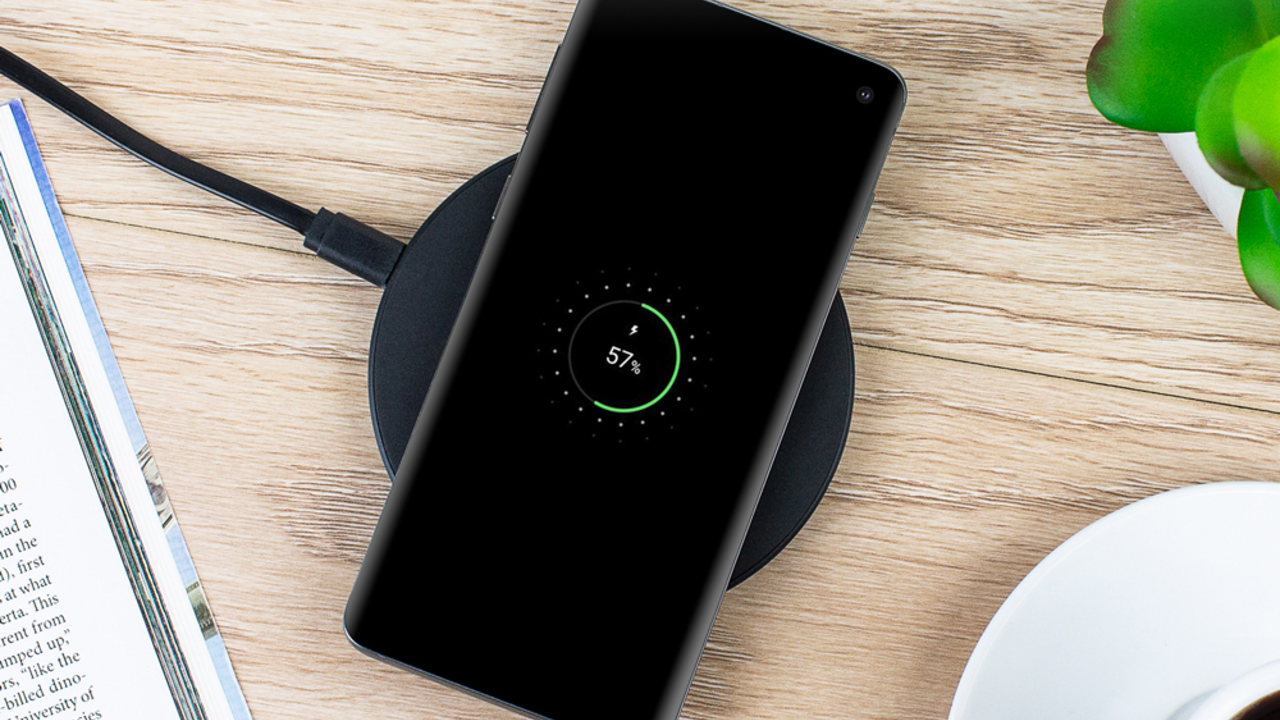Wireless charging works thanks to the principle of induction. This technology uses electromagnetic fields to transfer energy from the charger to the smartphone. To support wireless charging, the device must be compatible with Qi technology.
But the problem is that strong wireless charging can damage the battery of the smartphone if it works without restrictions. But a device that is harmless in terms of power, in no case can not be compared with its wired counterparts in terms of charging speed. Let’s say if you want to charge the iPhone 12, it will charge for 3 hours from a proprietary 5W power source, and from a 20W MagSafe wireless charger – 2 hours and 45 minutes.
The danger of the technology used in the operation of wireless charging is that a lot of energy is spent on heating. And you can charge smartphones and use them only at temperatures from +10 to +35 degrees Celsius. Otherwise, the battery will start to run out quickly.
Wireless charger manufacturers are trying to deal with the overheating issue. Many do this by choosing the optimum charging power. But Xiaomi, for example, used four tools for this at once: battery separation, several coils in the charger, active cooling system, thermal film and radiators.
In order not to damage the smartphone battery, you need to use wireless charging correctly. To do this, you need to monitor the temperature during charging and before connecting to the charger (you can not charge a phone that is too hot or too cold), use high-quality devices, center the smartphone, get a power supply with a power reserve and do not use thick cases when charging.
Source: Ferra
I am a professional journalist and content creator with extensive experience writing for news websites. I currently work as an author at Gadget Onus, where I specialize in covering hot news topics. My written pieces have been published on some of the biggest media outlets around the world, including The Guardian and BBC News.










